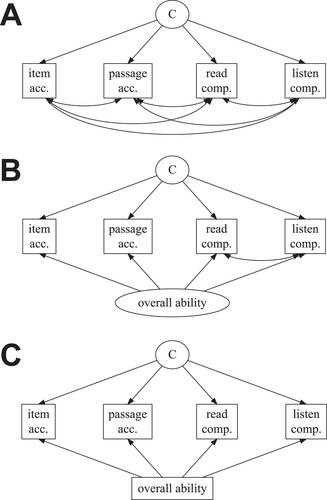Poor comprehenders are traditionally identified as having below-average reading comprehension, average-range word reading, and a discrepancy between the two. While oral language tends to be low in poor comprehenders, reading is a complex trait and heterogeneity may go undetected by group-level comparisons.
We took a preregistered data-driven approach to identify poor comprehenders and examine whether multiple distinct cognitive profiles underlie their difficulties. Latent mixture modelling identified reading profiles in 6846 children from the Avon Longitudinal Study of Parents and Children, based on reading and listening comprehension assessments at 8–9 years. A second mixture model examined variation in the cognitive profiles of weak comprehenders, using measures of reading, language, working memory, nonverbal ability, and inattention.
A poor comprehender profile was not identified by the preregistered model. However, by additionally controlling for overall ability, a 6-class model emerged that incorporated a profile with relatively weak comprehension (N = 947, 13.83%). Most of these children had weak reading comprehension in the context of good passage reading, accompanied by weaknesses in vocabulary and nonverbal ability. A small subgroup showed more severe comprehension difficulties in the context of additional cognitive impairments.
Isolated impairments in specific components of reading are rare, yet a data-driven approach can be used to identify children with relatively weak comprehension. Vocabulary and nonverbal ability were most consistently weak within this group, with broader cognitive difficulties also apparent for a subset of children. These findings suggest that poor comprehension is best characterised along a continuum, and considered in light of multiple risks that influence severity.


